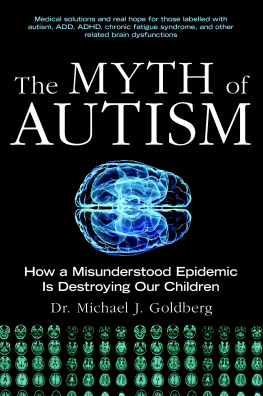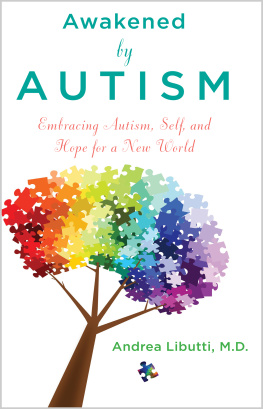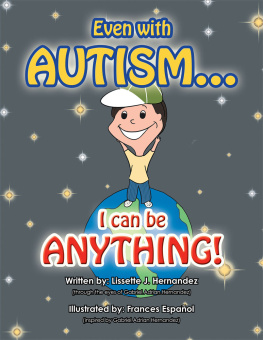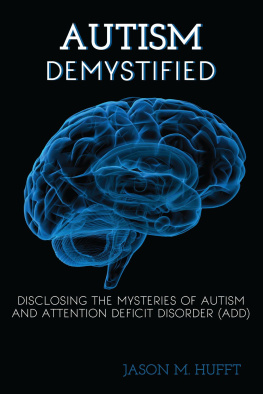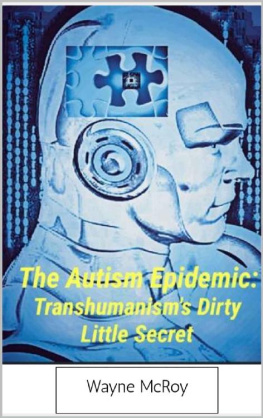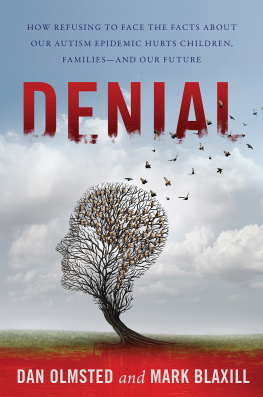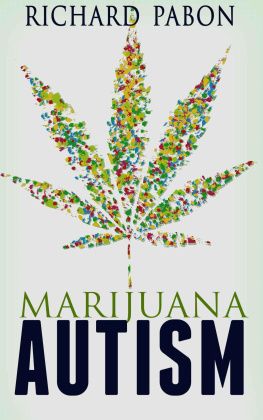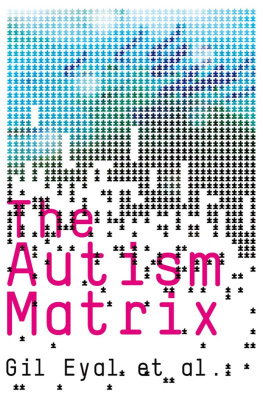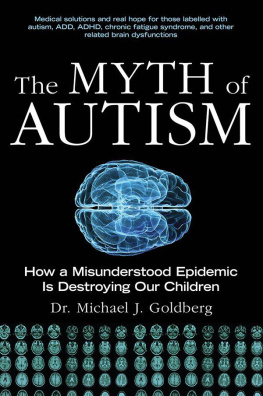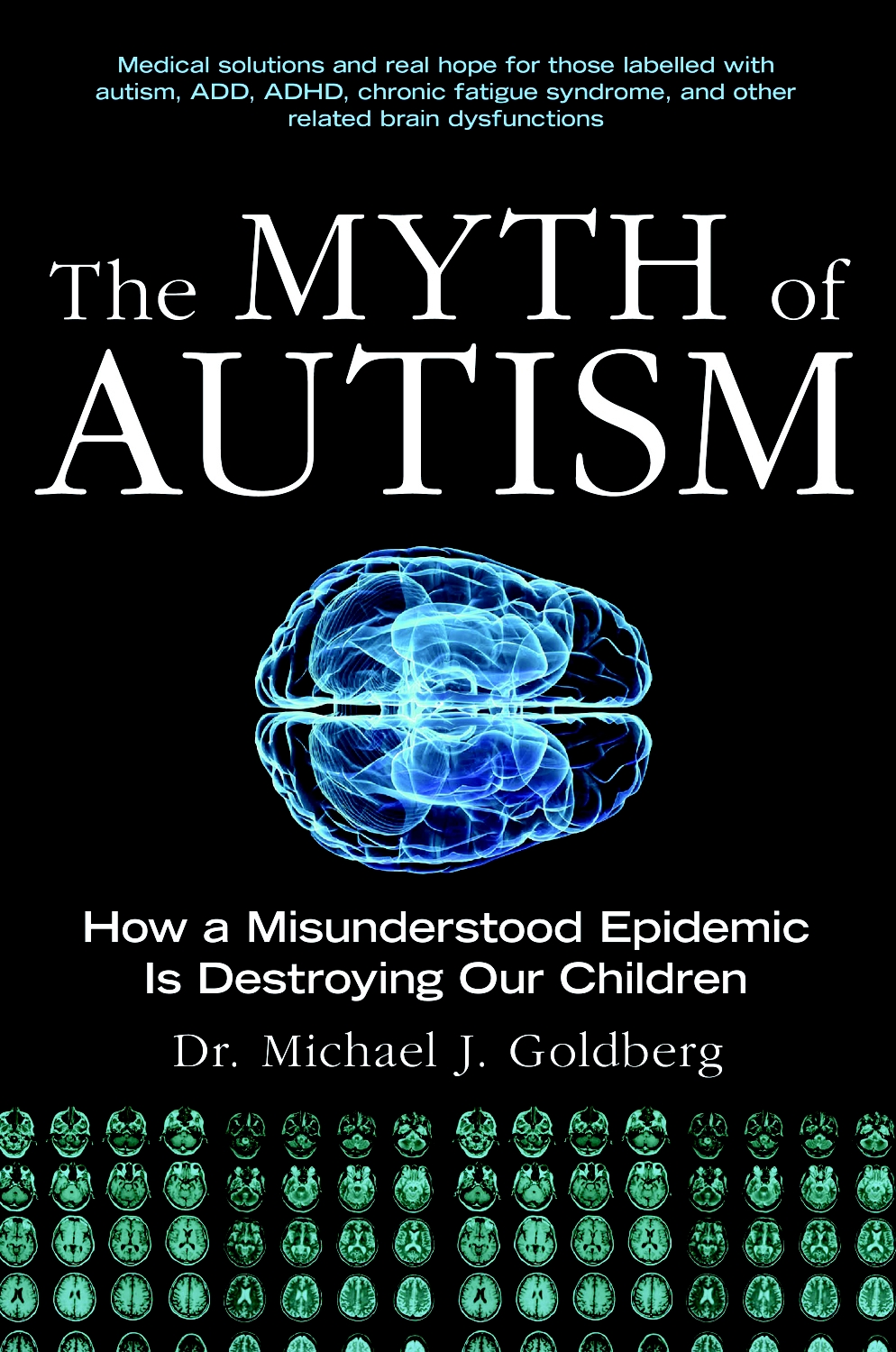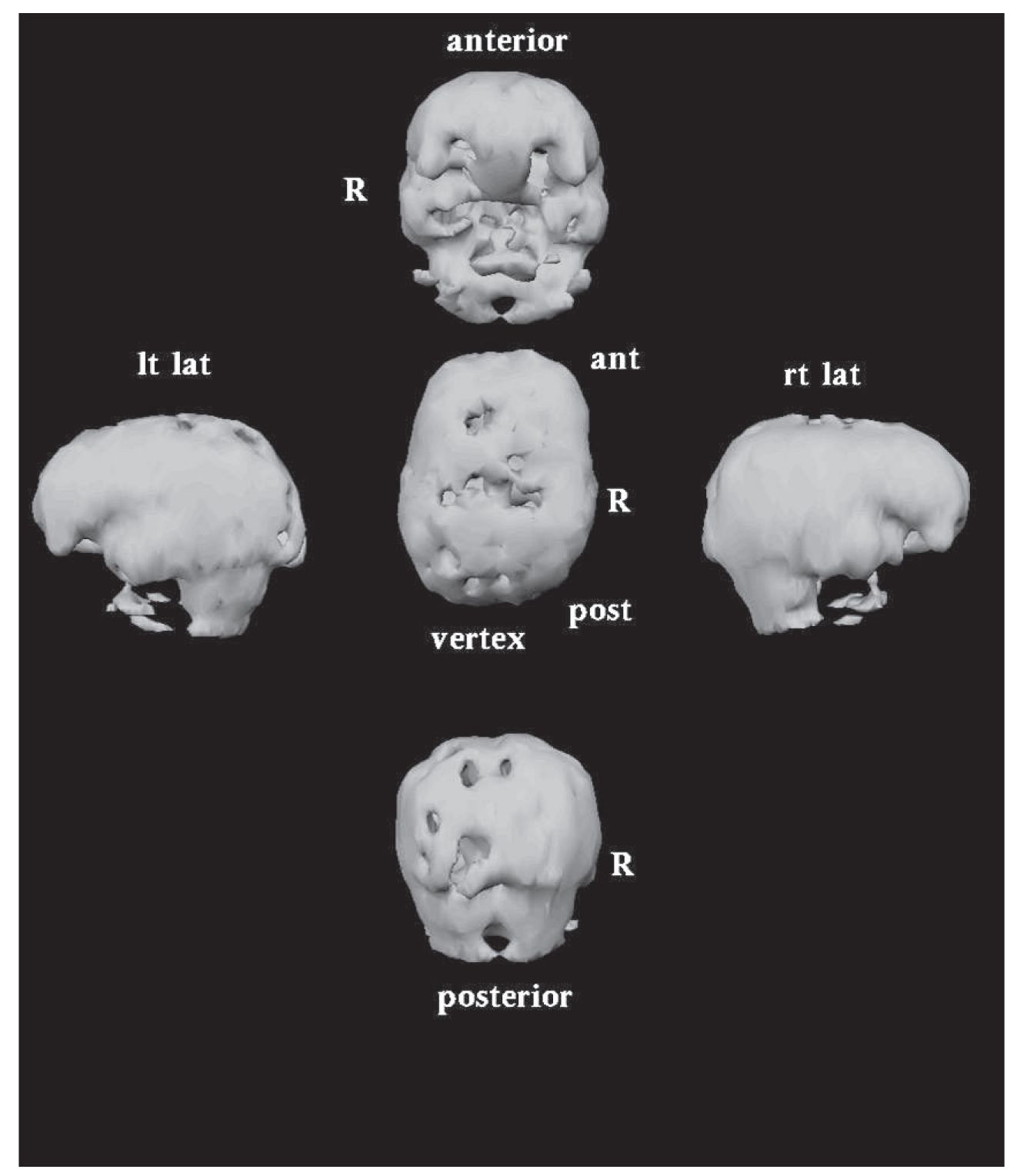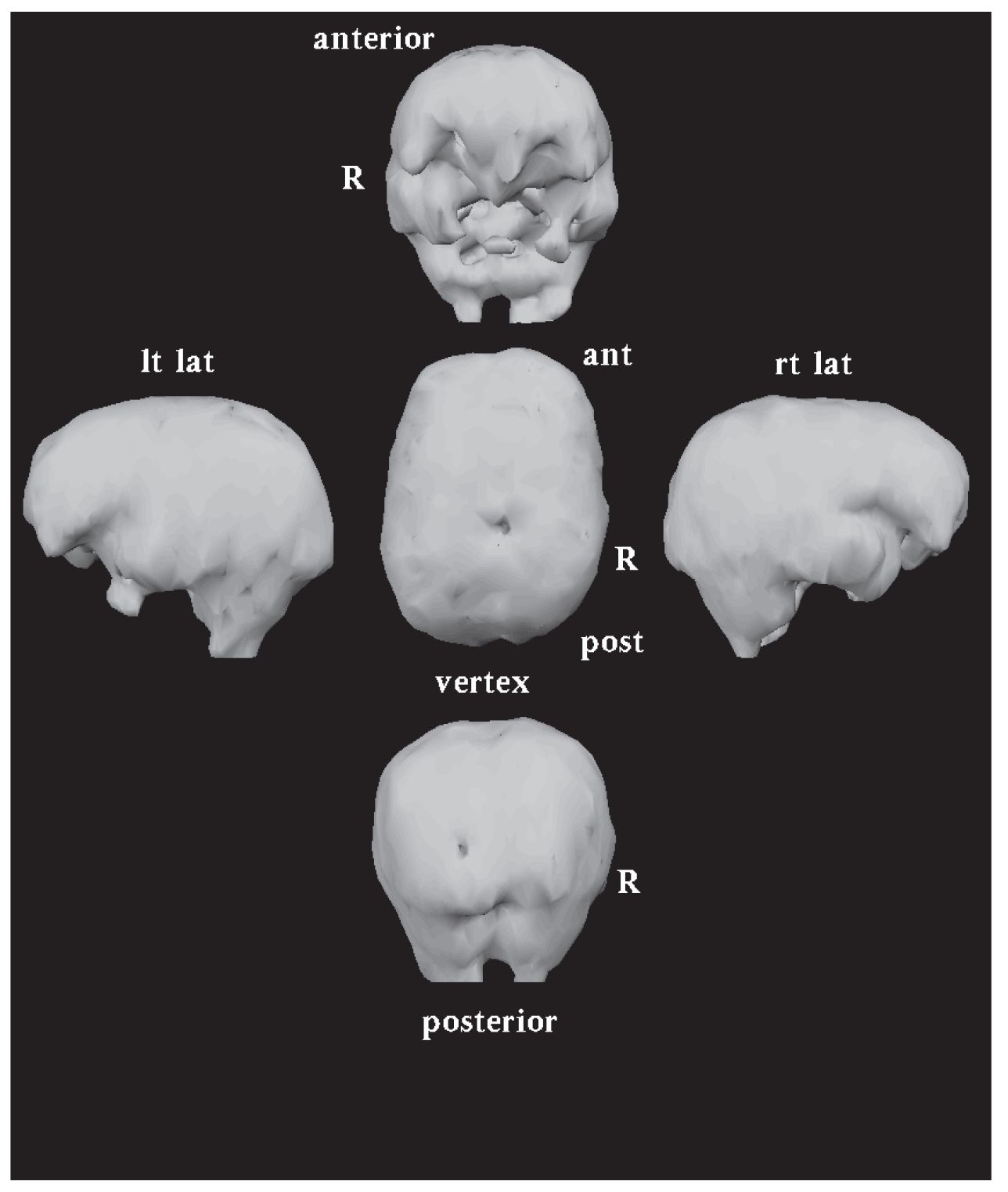Michael Goldberg - The Myth of Autism: How a Misunderstood Epidemic Is Destroying Our Children
Here you can read online Michael Goldberg - The Myth of Autism: How a Misunderstood Epidemic Is Destroying Our Children full text of the book (entire story) in english for free. Download pdf and epub, get meaning, cover and reviews about this ebook. year: 2011, publisher: Skyhorse Publishing, genre: Home and family. Description of the work, (preface) as well as reviews are available. Best literature library LitArk.com created for fans of good reading and offers a wide selection of genres:
Romance novel
Science fiction
Adventure
Detective
Science
History
Home and family
Prose
Art
Politics
Computer
Non-fiction
Religion
Business
Children
Humor
Choose a favorite category and find really read worthwhile books. Enjoy immersion in the world of imagination, feel the emotions of the characters or learn something new for yourself, make an fascinating discovery.
- Book:The Myth of Autism: How a Misunderstood Epidemic Is Destroying Our Children
- Author:
- Publisher:Skyhorse Publishing
- Genre:
- Year:2011
- Rating:5 / 5
- Favourites:Add to favourites
- Your mark:
The Myth of Autism: How a Misunderstood Epidemic Is Destroying Our Children: summary, description and annotation
We offer to read an annotation, description, summary or preface (depends on what the author of the book "The Myth of Autism: How a Misunderstood Epidemic Is Destroying Our Children" wrote himself). If you haven't found the necessary information about the book — write in the comments, we will try to find it.
The explosive account of one doctors quest to convince the world that autism, as we understand it today, does not exist.
Experts agree that America is in the midst of a disturbing epidemic of what has thus far been diagnosed as autism. In just thirty years autism diagnoses have risen from 1 in 5,000 children to 1 in 110, according to the Centers for Disease Control and Prevention.But in the history of our society there has never been an epidemic of any developmental or genetic disorderit is scientifically impossible. So what is this mysterious affliction known as autism, and how can we stop it? Dr. Goldberg and his colleagues illustrate why autism cannot be genetic, but is a symptom of a treatable neurological disease that attacks the brains immune system. Readers will come to understand:
Autism is not psychological or developmental, but a medical disease.
Autism is caused by a dysfunction in the neuro-immune system and often by secondary neurotropic viruses that impact the neuro-immune system and brain.
Illnesses such as autism, ADD/ADHD, and chronic fatigue syndrome all have different labels but are actually variations on the same thing: neuro-immune dysfunction syndromes (NIDS).
A NeuroSPECT scan is a diagnostic tool which, used in combination with proven therapies and treatments described in this book, is saving lives today, while opening the door to new therapies.
What you can do to transform your own life or the lives of your loved ones.
Dr. Goldberg believes that in order to save the next generation of children from the incurable stigma of an autism diagnosis, we must quickly realize that all of these disorders are the result of a curable disease process. 12 black-and-white photographs
Michael Goldberg: author's other books
Who wrote The Myth of Autism: How a Misunderstood Epidemic Is Destroying Our Children? Find out the surname, the name of the author of the book and a list of all author's works by series.

